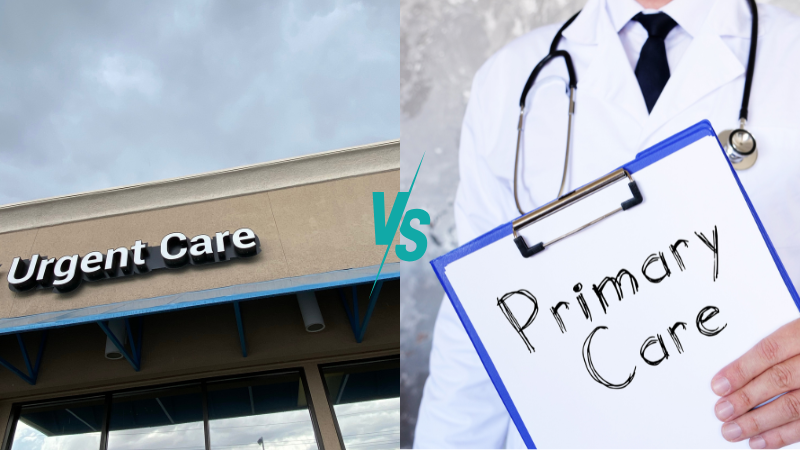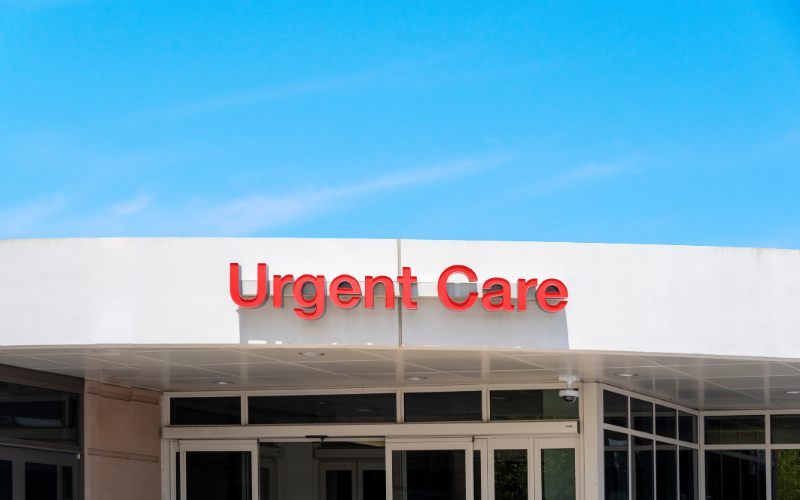
Navigating healthcare options without insurance can be challenging, and urgent care facilities can provide a valuable solution. This introduction will explore the considerations when deciding whether to seek treatment at an urgent care center when lacking health insurance coverage.
While urgent care offers accessible and prompt medical attention for many non-life-threatening conditions, its affordability without insurance can vary. We will delve into factors like upfront costs, payment options, and potential financial assistance programs that can help you make an informed choice regarding your healthcare needs when insurance coverage is unavailable.
Pros and Cons of Urgent Care Without Insurance
Source: Two Cents
Advantages:
1. Quick Access to Medical Care: Urgent care centers provide prompt medical attention, often with shorter wait times than emergency rooms. This can be crucial when dealing with non-life-threatening but time-sensitive health concerns.
2. Availability for Non-Life-Threatening Issues: Urgent care facilities are designed to address a wide range of medical issues that require immediate attention but are not emergencies. This includes conditions like minor injuries, infections, and illnesses.
3. Potentially Lower Costs than the Emergency Room: In many cases, seeking care at an urgent care center can be more cost-effective than going to the emergency room. Urgent care centers typically have transparent pricing and may charge less for their services.
Challenges:
1. Upfront Payment Requirements: One of the main challenges of using urgent care without insurance is the requirement for upfront payment. Most urgent care centers ask for payment at the time of service, which can be a barrier if you are not financially prepared.
2. Cost Variations Between Urgent Care Centers: The cost of services at urgent care centers can vary widely depending on location and the specific center. Without insurance, predicting and comparing costs can be challenging, potentially leading to unexpected expenses.
Factors to Consider
Financial Situation:
1. Assessing Your Ability to Pay: Assess your financial situation before visiting an urgent care facility. Consider your income, savings, and any available resources to cover medical expenses. Understand your budget limitations and how much you can reasonably pay upfront.
2. Exploring Payment Plans or Discounts: Many urgent care centers offer payment plans or discounts for uninsured patients. Inquire about these options before receiving treatment. Payment plans can help you spread the cost over time, making it more manageable, while discounts can reduce the overall expense.
Severity of Condition:
1. When to Opt for Urgent Care vs. Other Options: Consider the severity of your medical condition. Urgent care centers are suitable for non-life-threatening issues like minor injuries, infections, and common illnesses. However, if you believe your condition is severe, life-threatening, or requires specialized care, you must prioritize your health and seek care at an emergency room or contact emergency services.
Community Health Resources:
1. Local Clinics, Free Clinics, or Community Programs: Explore alternative healthcare options in your community. Some areas have local clinics or free clinics that provide medical services at reduced or no cost for uninsured individuals. Additionally, community programs may offer assistance in accessing healthcare resources. Research these options to find potential avenues for affordable care.
Navigating Urgent Care Costs
Transparency in Pricing:
A. Researching Pricing Models: Researching the pricing models of different urgent care centers in your area is essential. Many centers have transparent pricing information available on their websites or can provide estimates over the phone. Understanding the cost structure can help you make informed decisions.
Negotiating Costs:
B. Discussing Payment Options: Don’t hesitate to discuss payment options with the urgent care center’s staff. Some facilities may be willing to work with you to create a payment plan that fits your budget. Be open about your financial situation and inquire about discounts or flexible payment arrangements.
Financial Assistance:
C. Exploring Programs for the Uninsured: Many urgent care centers offer financial assistance programs or sliding scale fees for uninsured patients. These programs are designed to make healthcare more accessible and affordable. Inquire about such programs and determine if you qualify for reduced fees based on your income and financial need.
Making an Informed Decision
Assessing Urgent Care Options:
A. Researching Nearby Facilities: Start by researching the urgent care centers in your area. Look for information on their services, hours of operation, and pricing. Consider factors like location, convenience, and any specializations they may have. Reading online reviews and asking for recommendations from friends or family can also help you gauge the quality of care.
Emergency Situations:
B. When to Prioritize Emergency Rooms: Understand the difference between urgent care and emergency situations. Urgent care is appropriate for non-life-threatening issues like minor injuries and illnesses. However, if you or someone you know is facing a severe or life-threatening medical condition, it’s essential to prioritize going to the emergency room or calling 911. Delaying treatment in such cases can have serious consequences.
By thoroughly assessing your options, understanding the limitations of urgent care, and recognizing when to seek emergency care, you can make informed decisions about where to receive medical treatment based on your specific healthcare needs and circumstances.
In conclusion, seeking treatment at an urgent care facility without insurance requires careful consideration of financial capabilities, the severity of the medical condition, and available community resources. Navigating costs through transparency, negotiation, and exploring assistance programs can make healthcare more accessible, ensuring that individuals receive timely medical attention when needed.





